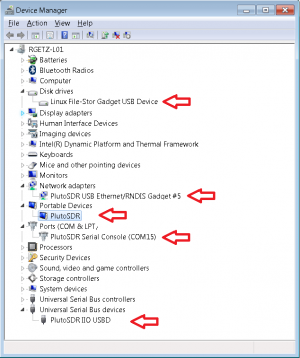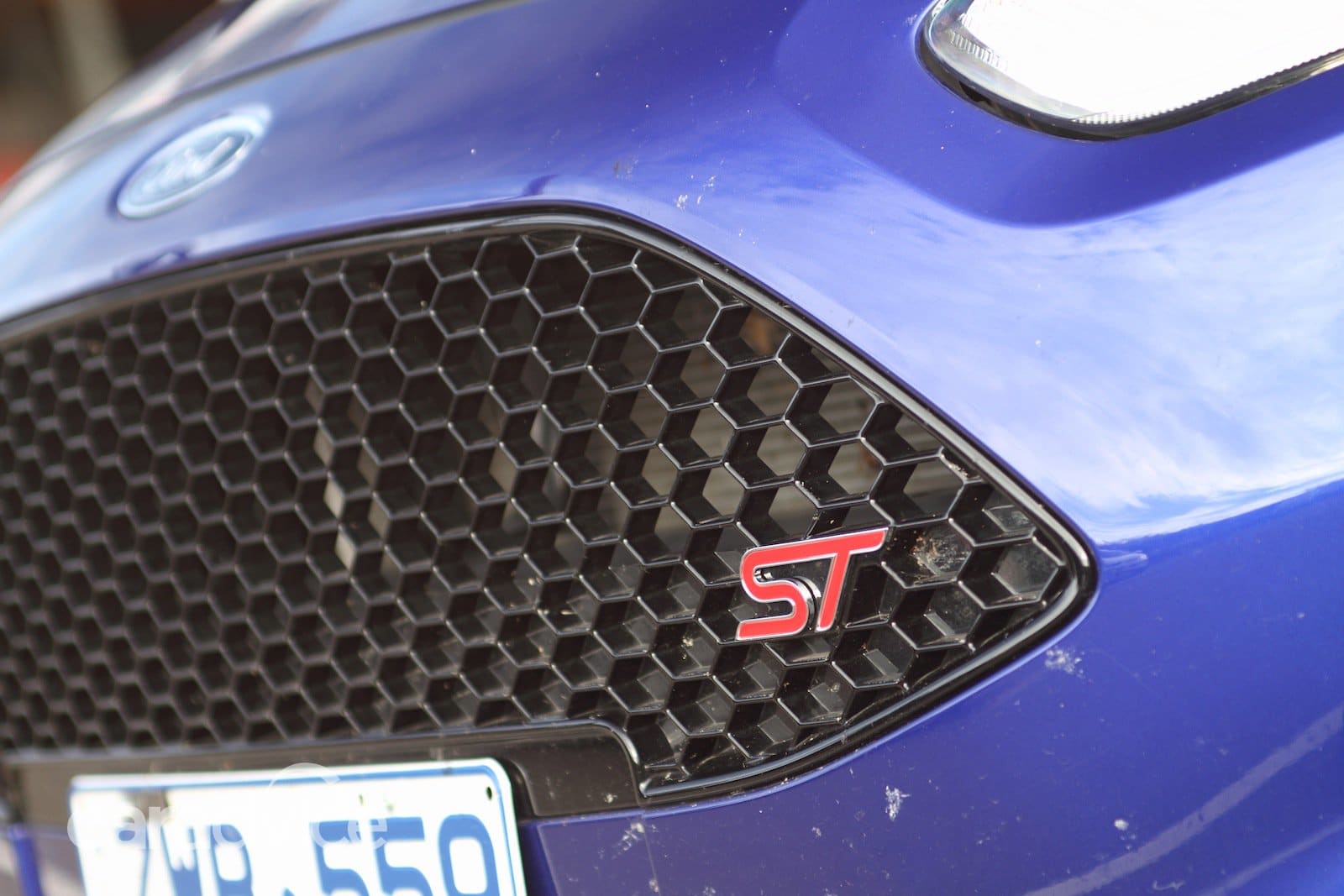Drivers Pluto
PLUTO 15DV: Description LED DRIVER 12/24V 15W C- VOLTAGE: Input Voltage 240: Output Voltage 12-24: Power 15: Power Factor 0.8: Dim 99(L) x 39(W) x 23(H). There are few different use cases, and methods to locally (USB/Serial), or remotely (USB/Network) to reboot a Pluto/M2k. Pluto/M2k was designed never to have to be rebooted – but software bugs happen. Linux Software Drivers requires membership for participation - click to join. State Verified Answer. I have a pair of REVB ADALM-PLUTO SDRs. Both are experiencing. ADALM-PLUTO; ADALM-2000; Release History. V0.5 Fix package installer on Windows 32-bit; v0.6 (No need to update from v0.5) Add reference to M2k onto the wizard pages (no functional changes) Force DPInst to install the driver even if the driver that is currently installed is a better match than the new driver; v0.7. 1 Pluto-P 1.1 General Info. The Pluto-P is an inexpensive ($60) FPGA board featuring the ACEX1K chip from Altera. 1.1.1 Requirements. A Pluto-P board; An EPP-compatible parallel port, configured for EPP mode in the system BIOS; 1.1.2 Connectors. The Pluto-P board is shipped with the left connector presoldered, with the key in the indicated.
On this page, you can find the official I.N.Link Pluto USB Driver, which allows you to connect the device during the flashing process or while generally connecting the device to the computer.
There are two drivers available for the device, i.e., MediaTek Driver and ADB Driver. Both the drivers support MediaTek Flash Tool and SN Write Tool and can be used for Firmware Flashing or IMEI writing.
I.N.Link Pluto MediaTek Driver
The MediaTek Driver is required if you want to flash or install Stock Firmware or Write IMEI on the devices powered by MediaTek Chipset.
Driver Name: MediaTek Driver
Package Name: Mediatek_Driver_Auto_Installer_v1.1352.zip
Driver Size: 9.56 MB
How to Install: Follow Guidelines
I.N.Link Pluto ADB Driver
The ADB Driver is required if you want to perform the ADB debugging with the Android Devices.
Driver Name: ADB Driver
Package Name: usb_driver_r13-windows.zip
Driver Size: 8.27 MB
How to Install: Follow Guidelines
How to install USB Driver Manually
- Download and extract (unzip) the driver on the Computer.
- Open Device Manager (Press Win+R and Type devmgmt.msc and hit Enter).
- In Device Manager, Click on the Computer Name.
- Click on the Actions Menu > Select Add Legacy Hardware.
- Click on the Next button.
- Select Install the Hardware that I manually Select from a list and Click on Next Button.
- Click on the Next button.
- Click on the Have Disk button and locate the driver on the computer.
- Click on the Add button.
- Now, the USB driver will be installed and listed in the Device Manager.
Readme Once:
[*] Driver Signature Error: If you are facing Driver Signature Error While installing the driver on the Windows Computer, then to fix the issue follow How to Fix Driver Signature Error page.
[*] Driver Easy: If you are still facing issues with the USB Driver, then we recommend you to use Driver Easy Application to Search and install the required drivers automatically.
[*] I.N.Link Pluto Stock Firmware: If you are looking for the Stock Firmware, then head over to the Stock Firmware page.
There are different aspects of the software for the ADALM-PLUTO and ADALM2000:
- device drivers, which allows your PC to properly set up communication between your PC and the actual device, and
- application code, like MATLAB, Simulink, GNU Radio, iio-oscilloscope (aka osc), or scopy.
To install the drivers, it’s a simple matter of downloading and running the driver installer.
This download should support all of : Windows 10, Windows 8.1, Windows 8, Windows 7 Service Pack 1. If you run into issues, please let us know.
At the end, you should see a picture like (either for Pluto or M2k):
Drivers uninstall

From the control panel navigate to Programs and Features. Double click or right click and select Uninstall. Uninstalling the PlutoSDR-M2k-USB-Win-Drivers package will automatically remove the Windows Driver Packages (USBser, WinUSB and Net) shown below as well.
USB Devices
Once the drivers are installed, and the device (Pluto or M2k) is plugged in, the following subsystems should be ready to use:

- USB Composite Device (The device is a single USB gadget that has the ability to perform more than one function, and needs to be exposed to the operating system as multiple devices)
- USB Ethernet/RNDIS Gadget (Remote Network Driver Interface Specification (RNDIS) is a Microsoft proprietary protocol used mostly on top of USB. It provides a virtual Ethernet link to most versions of the Windows, Linux and OS X operating systems. To the host, the usb device acts as an external Ethernet card)
- USB Mass Storage (USB Mass Storage is a set of protocols defined by the USB Implementers Forum that makes a USB device accessible to any host computing device and enables file transfers between the host and the USB device. To a host, the usb device acts as an external hard drive.)
- Serial Console (115200-8N1), in this case COM15, but it will be different on your PC.
- IIO USBD
- Linux File-Stor Gadget USB Device (which allows the USB mass storage to work properly).
Drivers License Pluto Projector
Serial
You need to have find your favorite Terminal program, here are a few of the ones we use (but don’t support – if you have questions, please check with the internet/google).
- Or other Terminal program
The terminal settings are 115200 baud, 8 bits, no parity, 1 stop bit. This is referred to as 115200-8N1. The default username is root, and the default root password is analog.
Finding the serial port (which constantly changes, every time you plug a device in), is just matter of checking device manager (see above).
Mass Storage
It should be a simple matter of opening the drive, in this case, double click on “D”, to get at the info.html page.
Ethernet
Ethernet Warning
Like most of the network settings on Pluto or the M2k – things are meant to be easy to use. This also means things are inherently insecure.
For example – the root password of Pluto is analog. We post it on the Internet. Think about that for a moment. This could allow anyone with an IP connection to take over the device and use it for malicious purposes.
Never set up a bridge between the Internet and a network connected Pluto with the default images.
Unfortunately – nothing on your host understands the what the IP address of the usb device is. You, the human behind the keyboard need to understand this before any sort of networking will work. There are two main ways to do this:


Determine the IP number
The IP number is set by the device, and can be found by looking inside the ADALM-PLUTO’s mass storage device, and the info.html page. Just lick on the version button at the top of the page:
and then check out the Pluto IP address, and the host IP address.
In this case, the IP address of the PLUTO device is 192.168.2.1 (which is the default for all devices). If you need to change this (if you have multiple devices), please check the customizing Pluto documentation.
Checking from serial port
Open your favourite serial application:

Drivers Plates Look Up
IIO devices
Drivers Pluto Pictures
The IIO device shows up in device manager, and allows you to make native IIO connections to the device.
Drivers License X Pluto
Bringing up a Windows Console should show you something like this:
